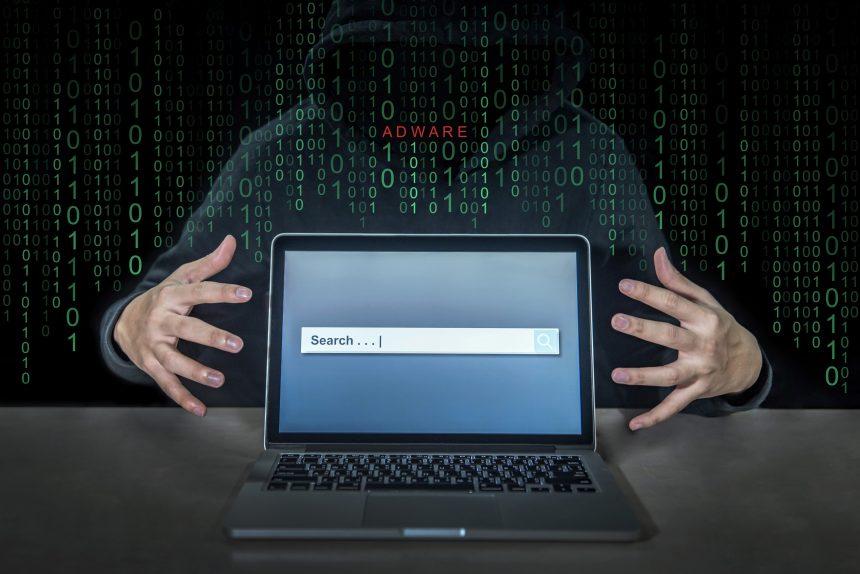Malware threats are ever-evolving, making it essential for users to stay informed about the dangers lurking in their systems. One such threat is NordKeeper, a type of malware that can severely disrupt your digital environment. This article delves into the actions and consequences of NordKeeper, outlines detection names associated with it, provides a comprehensive removal guide, and offers best practices to prevent future infections.
Download SpyHunter Now & Scan Your Computer For Free!
Remove this and any other malicious threats to your system by scanning your computer with SpyHunter now! It’s FREE!
Actions and Consequences of NordKeeper
NordKeeper operates stealthily, often masquerading as legitimate software. Once infiltrated, it can engage in several malicious activities, including:
- Data Harvesting: NordKeeper can collect sensitive information, including login credentials, banking details, and personal data. This information can then be sold on the dark web or used for identity theft.
- System Manipulation: The malware may alter system settings, disable security features, or install additional malicious programs without the user’s consent. This can lead to a compromised system, making it vulnerable to other cyber threats.
- Ransomware Deployment: In some cases, NordKeeper may deploy ransomware, encrypting files and demanding a ransom for their release. This can result in significant financial losses and data loss.
- Performance Issues: Users may experience slow computer performance, frequent crashes, and unexpected behavior from applications as the malware consumes system resources.
Detection Names
Several detection names are associated with NordKeeper, which may appear in antivirus scans or malware removal tools. Common detection names include:
- Trojan:Win32/NordKeeper
- Malware:Win32/NordKeeper
- PUP.Optional.NordKeeper
These names may vary depending on the security software you use, but they all indicate the presence of the NordKeeper threat on your system.
Similar Threats
NordKeeper is not an isolated threat; it shares characteristics with various other types of malware. Some similar threats include:
- Doxware: A form of ransomware that threatens to release sensitive information unless a ransom is paid.
- Spyware: Malware that secretly monitors user activity and collects personal data.
- Adware: Software that automatically displays or downloads advertisements when a user is online, often slowing down the system and compromising user experience.
Comprehensive Removal Guide
Download SpyHunter Now & Scan Your Computer For Free!
Remove this and any other malicious threats to your system by scanning your computer with SpyHunter now! It’s FREE!
Removing NordKeeper requires a systematic approach. Follow these steps to effectively eliminate the malware from your system:
Step 1: Disconnect from the Internet
Immediately disconnect from the internet to prevent the malware from communicating with its server or spreading further.
Step 2: Enter Safe Mode
- Restart your computer.
- Press F8 (or the appropriate key for your operating system) before the Windows logo appears.
- Select Safe Mode with Networking from the options.
Step 3: Uninstall Suspicious Programs
- Open the Control Panel.
- Navigate to Programs and Features.
- Look for any unfamiliar or suspicious programs, particularly those installed around the time the malware appeared.
- Right-click and select Uninstall for any suspicious programs.
Step 4: Remove Malicious Files
- Press Windows + R to open the Run dialog.
- Type %temp% and hit Enter.
- Delete all files in the Temp folder.
- Press Windows + E to open File Explorer.
- Navigate to C:\Users\YourUsername\AppData\Local and look for suspicious folders. Delete any that look unfamiliar.
Step 5: Use Anti-Malware Software
- Download and install SpyHunter.
- Run a full system scan.
- Follow the software’s instructions to remove detected threats.
Step 6: Reset Your Browser
- Open your web browser.
- Go to Settings and look for Reset settings or Advanced settings.
- Reset your browser to remove any unwanted extensions or changes made by the malware.
Step 7: Restore System Settings (Optional)
If NordKeeper made significant changes to your system settings, you might consider performing a system restore:
- Open Control Panel.
- Navigate to System and Security > System.
- Click on System Protection and select System Restore.
- Follow the prompts to restore your system to a previous state.
Best Practices for Prevention
Preventing future infections is crucial in maintaining a secure digital environment. Here are some best practices to follow:
- Keep Software Updated: Regularly update your operating system and applications to patch vulnerabilities that malware can exploit.
- Use a Reliable Antivirus Solution: Invest in a trusted antivirus program that offers real-time protection against malware threats.
- Be Cautious with Downloads: Avoid downloading software from unverified sources and always check reviews before installing new applications.
- Educate Yourself on Phishing Attacks: Be aware of phishing scams and avoid clicking on suspicious links in emails or messages.
- Regularly Back Up Your Data: Maintain regular backups of important files to ensure you can recover them in case of a ransomware attack.
Conclusion
NordKeeper represents a significant threat to users’ data and system integrity. Understanding its actions and consequences is essential for mitigating its impact. By following the removal guide and implementing the best practices outlined above, you can enhance your cybersecurity posture and protect your digital environment.
For a comprehensive scan and protection against malware threats like NordKeeper, consider downloading SpyHunter. It offers robust features to detect and remove malware, ensuring your computer stays safe and secure. Download SpyHunter today and scan your computer for free to reclaim control over your digital life.





